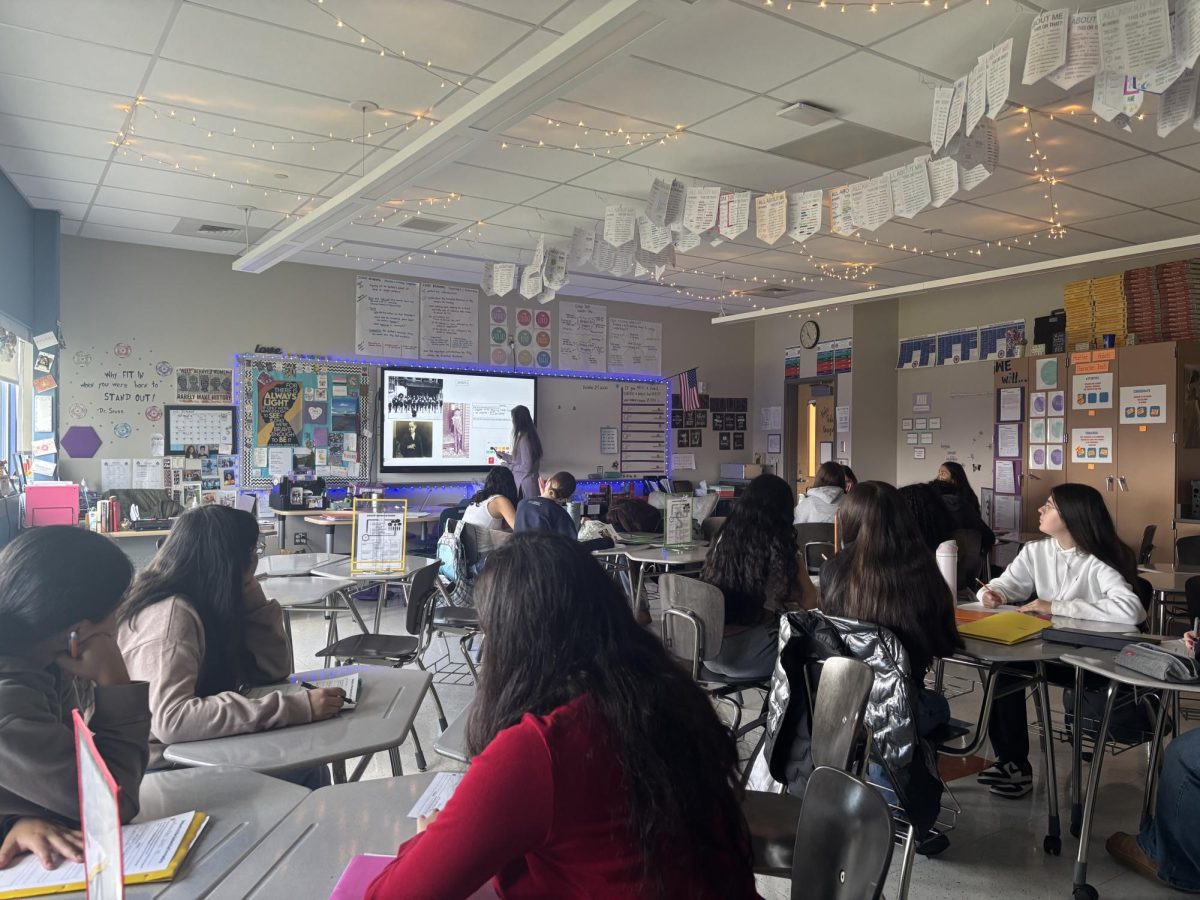This week’s installment of Sound Check takes a look into why organs (the instruments, not the body parts) have such a strong place in Halloween tradition. There is probably no instrument as feared as the pipe organ. Let’s explore the history and science behind the bone-chilling, spine-crrrrawling drone you hopefully won’t be hearing from an abandoned cathedral tonight.
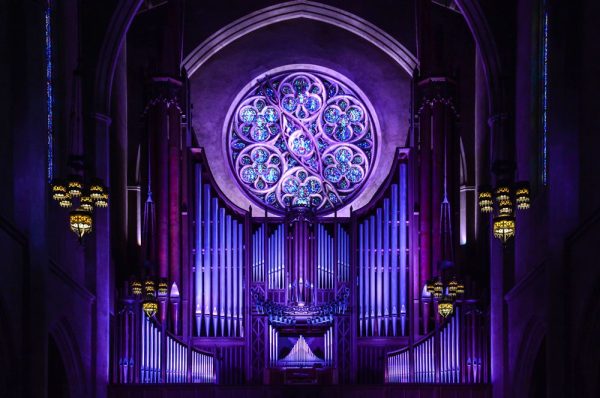
AGE OF THE GOTH
The organ as we know it today got its big break in medieval Gothic churches. Around the 1400s, organs were being built with features that would last into the present day and define the organ as an instrument, such as trompes—French for pipes. The pipes, like today, were controlled by foot pedals beneath the organ.

The inclusion of organs in these churches—during a period literally called the Dark Ages—made them the official instrument of the church (despite the fact that they had been in churches and cathedrals long before then). At the same time, churches were being built with Gothic architectural features, and Western European society was generally quite down on its luck with the whole feudalism and Black Plague. This made for the perfect recipe of despair and creepiness under a distinct Catholic kind of fear and drama.
It’s important to note the aforementioned Gothic features, as organs would find their homes in these cathedrals for many centuries. Features include gargoyles perched on pillars, long spikes and spires, pointed arches, and stark stone buttresses. Gothic architecture was also, at the time, heavily disliked by cities in Western Europe. If you remember, the great rebirth of classical art was about to happen, so many people did not like the Gothic style and called it barbaric or ugly (ironically, something very similar would later happen in the 1980s with a different kind of goths).

BACH’S DOUBLE, TRIPLE, QUAD FEATURE
The absolute most iconic Halloween organ tune is Bach’s Toccata and Fugue in D Minor. You can probably hear it already even if you don’t know the title—dududu… dudududu du du—this track is arguably what popularized the organ as a creepy, vampiric instrument. But Bach didn’t compose the piece with this intention. It was written around the early 1700s and first introduced to film in 1931 with the release of Dr. Jekyll and Mr. Hyde. Not only was the book of the film, published in 1886, a defining moment for the Gothic genre, but the movie went on to be an iconic horror film about mad scientists, demonic possession, and murderous criminals.
Of course, this was a very bold association to make between Bach’s piece and the film, because the original story of Jekyll and Hyde was highly controversial for its time. It was criticized for seemingly promoting the horrific acts committed by Mr. Hyde, and this only worsened when 2 years after the book’s publication the infamous Jack the Ripper made his debut. The stage play for the book was terminated because of the connection.
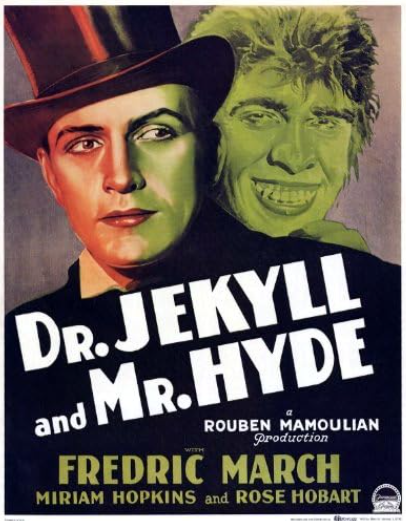
There had been other movie renditions of Jekyll and Hyde, but nothing quite as known as the 1931 version with Bach’s Toccata and Fugue. The track as well as the organ as an instrument would come to be linked with all things Gothic and horrific. Toccata and Fugue was used in numerous other horror films: The Black Cat (1934), The Raven (1935), Dr. Phibes Rises Again (1972), The Babadook (2014), and more. It was also used in the not-technically-a-horror-movie-but-still-iconic 20,000 Leagues Under the Sea (1954).
Bach’s Toccata and Fugue had been cemented as a theme song for terror and creatures of the night. But there’s also a science to the way the organ sounds.
SKELETON KEYS, MINOR KEYS
Many scary pieces played on the organ are in minor keys. This is not a trait of the instrument itself, as the organ can definitely play in major—see church songs and wedding marches—rather, it is a trait of the composition. It makes the piece infinitely more scary, however, because our brains are wired to feel comforted and pleased by major keys. Minor keys sound more dissonant and uneasy to us, so we associate them with spooky tunes. It’s sort of a proxy association to the organ.
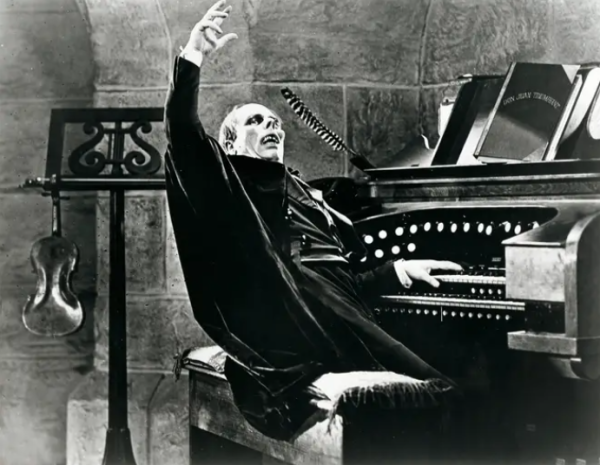
This is also why sad music is almost always in minor keys—it’s the fastest and most understood way to communicate emotion through sound. However, it’s worth noting that different cultures use different scales and keys, so the brooding minor key is not universal. It’s mostly a western phenomenon.
Pieces on organ that use minor keys and are famously eerie include Fantasia and Fugue in G Minor, Chaconne in C Minor, and Little Fugue in G Minor.
REED IT AND WEEP
Pump organs are reed instruments, which means the sound is created by air vibrating against a brass strip. Pipe organs (the ones you’re probably most familiar with) also have reeds in the form of reed pipes, along with flue pipes. Reeds have a sort of buzzing sound, which may sound like a ringing at higher pitches. This strong, layered sound coming from each reed gives the organ a dark undertone, like something is lurking in the shadows.
Another element of the organ sound is the vibrato, which is created by a device called a tremulant. The tremulant rhythmically and steadily pumps out air as the organ is being played, varying the note’s pitch without the organist having to press other keys. Tremulants may be adjusted to create a wider or narrower vibrato. The slower the tremulant pumps out air, the wider the vibrato will be.
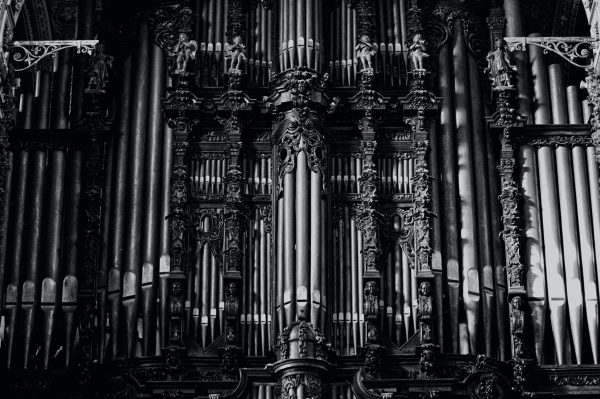
Vibratos can be utilized to make the organ sound scarier. Especially when playing with lower notes, the organist can create a wavering, uneasy, and dark sound that rocks back and forth slowly, almost like a Gothic waltz. Wider, deeper vibratos conjure images of darkness and power.
The organ is almost always placed in a setting with fantastic acoustics—churches, castles, evil lairs, etc. This allows the strong and layered pipe/reed sounds to reverberate all around, swallowing and surrounding the listener. Especially in the case of a church, with the organ at the end of the many rows of pews, the listener enters the room and is forced (or drawn?) closer and closer to the organ. Of course, fear is only exacerbated when it’s dark and empty all around and the only other person, or thing, with you is a bloodsucking monster.
This has been the second(!) issue of the new musical column Sound Check with Jules. Tune in next week to hear about music history, review, recommendations, analysis, culture, and more! Happy Halloween! You can find the playlist I listened to while writing here, but don’t listen to it at night.








